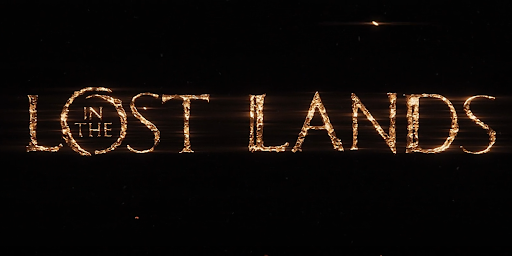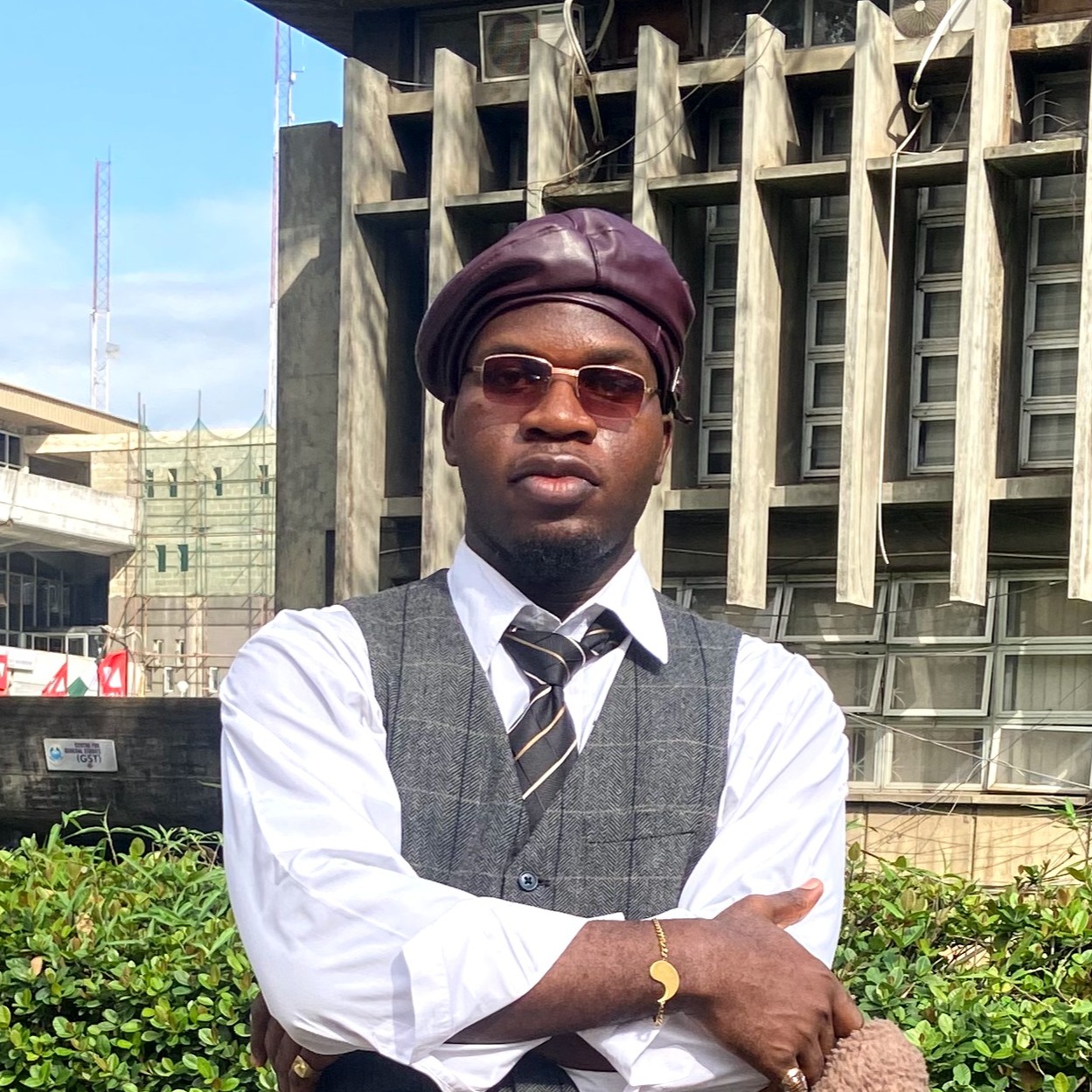In the Lost Lands: How Does the Movie Honor George R.R. Martin’s Story?
The long-delayed screen adaptation of George R.R. Martin’s In the Lost Lands finally staggered into theaters on March 7, 2025, only to collapse under the weight of director Paul W.S. Anderson’s ambitions. With a dismal 24% on Rotten Tomatoes and a 4.7/10 IMDb score, it is now the lowest-rated movie adaptation of any of Martin’s works, a feat achieved by its somehow cramming a lot and nothing into its baffling 100-minute runtime.
The movie follows the unconventional witch Gray Alys (Milla Jovovich) and her contracted companion, the hunter Boyce (Dave Bautista). She is bound by supernatural rules to grant any request made of her, as long as a price has been paid for it. This time, the wish requires a journey into the lost lands to steal a werewolf’s shapeshifting power for Queen Melange. However, one thing is clear: it is a rare fantasy misfire that fails to hook, horrify, or even entertain even the most casual viewer. So, where did it all go wrong?
How Much of the Source Material Was Kept?
For the most part, the movie sticks to Martin’s original text, but much of the magic from the source material is lost in translation where Paul W. S. Anderson chose to interpret the story in his own way. He portrays the world as a Mad Max-esque dystopia, following a cataclysmic event (possibly nuclear war, from Boyce’s story that ‘death rained from the sky’). Whatever’s left of humanity now lives in one last standing city where the people live in perpetual oppression.
The Church
“There are witches, so there are witch hunters” is an entirely new angle introduced by the film, despite being an absent theme in the book. With the Overlord reduced to a vegetative state and nearing death, much of his authority is assumed by the next most prominent male figure in the city: the Patriarch Johan, who heads the Church and uses it to wage a brutal campaign against witches.
Through his ruthless enforcer Ash, the Patriarch twists faith and the Overlord’s name to justify witch hunts and forced labor, while scheming to overthrow Queen Melange. His ambitions culminate in a deadly power grab after the Overlord’s demise, but the Queen outmaneuvers him, orchestrating his assassination before he can expose her dealings with Gray Alys.
Boyce’s Character
The film’s reimagination of Boyce betrays Martin’s original vision twice over. First, Boyce in the original material—a young, beardless, deeply tanned man with unkempt white hair and the wiry physique of someone who survived in the harsh wilds beyond civilization—is a far cry from Bautista’s bearded, hulking portrayal.
Anderson switches out Martin’s feral-looking outcast for a less gritty, Wild West-style gunslinger with a two-headed pet snake exuding blockbuster allure. Thus, the character essence of a man with the dangerous grace of a seasoned survivor, carrying nothing but a long knife, ends up as a stark physical contrast to Bautista’s brutish outlook.
Worse, his introduction warps the story’s logic. Where the original Boyce proactively seeks out Gray Alys after she sends out word for a guide into the lost lands, the movie invents their meeting as preordained. In a trance, Gray Alys mystically pinpoints him to a tavern where, with a card game and a relic timepiece, she makes him think he’s ‘deciding’ that which had already been decided: to follow her to his own doom.
The Gray Alys-Melange Bargain
The film makes two significant deviations from Martin’s original narrative in its portrayal of Melange’s deal with Gray Alys. First, while the book had Queen Melange discreetly send her champion Jerais to negotiate with Gray Alys, the movie brings both Jerais and the queen to the witch together. This change later fuels the Patriarch’s accusations of witchcraft against the queen.
Second, and more crucially, it compresses Martin’s deliberate one-month timeline (where Gray Alys methodically sought a guide for three weeks) into a rushed seven-day countdown to the full moon. This ultimately sacrifices the story’s slow-burning tension for a more immediate pace while conveniently serving the film’s added Church subplot.
Rats With Human Hands, Birds With Monkey Faces
Boyce’s opening monologue, by no means like Galadriel’s, promises ‘a tale of magic and witches, of quests and of monsters’, a pledge it quickly abandons. While brief glimpses of the Lost Lands’ horrors appear—a caged dead beast, the ghouls in Shadows Bane—these are Anderson’s inventions, not Martin’s.
A rich ecosystem described in the source material, where rumors traveled via rats with human hands and birds with monkey faces between fantastical kingdoms, is reduced to two bleak settings: the dying city under the mountain and the dead plains beyond it. What Martin crafted as a living tapestry of creatures not unlike Tolkien’s Middle Earth becomes another post-apocalyptic desert, his world-building attempt, done away with.
Resurrecting Boyce
Anderson retouched the original text so much that even the climax sequence isn’t spared. Originally, Gray Alys changes into a large bird (instead of riding) to return to the city from the lost lands. Melange then suffers the news of Boyce’s death and mourns him before she takes his pelt and his power for herself as Gray Alys instructed. As such, Boyce stays dead as his power does not return to him. Jerais, with his chief rival for the queen’s affections out of the way, marries her a month later, only to regret it as she’s now practically an animal.
The film’s climax twists Martin’s original tragedy into something oddly redemptive and far less haunting. After Gray Alys skins werewolf Boyce and delivers his pelt, a last-minute reveal implicates Jerais in the death, triggering Melange’s vengeful rage. However, in the ensuing ruckus that was the people’s revolt, she flees the palace, abandoning the pelt. When the unclaimed pelt ignites at dawn, Boyce’s power returns to resurrect him, looping back to his opening monologue. As neat a little trick as this is, it undermines Martin’s darker themes, especially how it portrays Jerais’s political marriage as having become its own punishment.
How Does In the Lost Lands’ Ending Set Up a Sequel?


